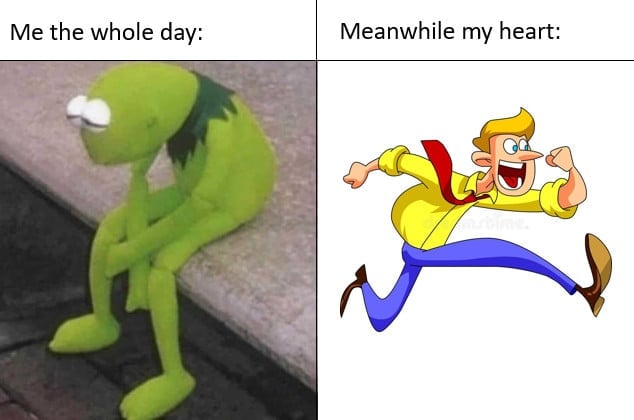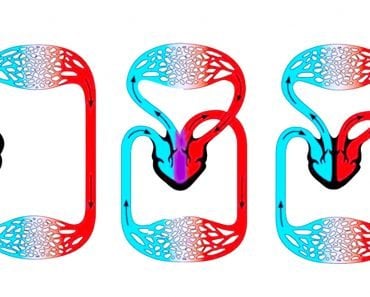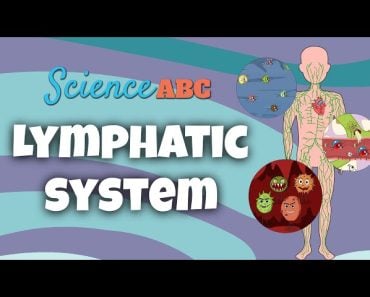Table of Contents (click to expand)
The heart muscles don’t tire like our skeletal muscles, as they have a better blood supply, more mitochondria, and their own pacemaker cells that keep the heart going.
We run until we’re out of breath. We push ourselves too hard with burpees and end up passed out on the floor. Our muscles are sore and tired, so we can barely walk straight. Now, consider that the heart muscles work every day of every year that we’re alive. If our heart got tired, we’d cease to be alive, but the heart never seems to tire, despite not getting the weekends off. Why is that?
Recommended Video for you:
Different Muscles Of The Body
There are three different types of muscles in the body: skeletal muscles, smooth muscles, and cardiac muscles.
Skeletal muscles are the ones you use when you exercise. They’re connected to your bones and ligaments, and help in voluntary movement. They comprise 30% to 40% of our total body mass.
Smooth muscles are present in our hollow organs, like the gut, blood vessels, and urinary tract.
Lastly, the cardiac muscles are the heart muscles. The cardiac muscle tissue is also known as myocardium.

Skeletal muscles get tired. You can feel the soreness. The smooth muscles also don’t have to contract and relax all the time. The cardiac muscles, however, do the heavy lifting of constantly pushing blood to the extreme corners of our body. What’s so special about the cardiac muscles?
Why Don’t The Heart Muscles Tire?
They Never Run Out Of Juice
Cardiac muscles have a higher endurance capacity than skeletal muscles. Fatigue, for muscles, is when a muscle cannot produce enough energy to sustain its movement. This can happen because there isn’t enough oxygen or if the store of sugar is low.
Note: The soreness you feel the day after you exercise has little to do with muscles getting tired and more to do with damage to the muscle fibers after you’ve pushed them beyond their normal limit.
Unlike skeletal muscles, the heart muscles have an excellent blood supply, which keeps the oxygen coming in, even during periods of intense activity. The cardiac muscles are also better at producing energy than skeletal muscles. Mitochondria, the parts of cells that produce energy, makes up 35% of cardiac muscle cell volume. The mitochondria in skeletal muscles, by contrast, occupy about 3-8% of the skeletal muscle volume. This high mitochondrial concentration helps to prevent the buildup of fatigue-inducing waste products, like lactic acid.
The Heart Has Its Own Electricity
Another factor that contributes to the heart’s ability to keep working without tiring is its built-in contraction system. The heart has a network of specialized cells called pacemaker cells that are responsible for generating electrical impulses that regulate the heart’s rhythm. If one group of pacemaker cells becomes fatigued or damaged, another group can take over and keep the heart beating smoothly.

The Heart Is A Master Modulator
The heart is also able to adapt and adjust its function to meet the changing demands of our behavior and environment. For example, while exercising, the heart beats faster and pumps more blood to deliver oxygen and nutrients to the muscles. This increased demand triggers a cascade of physiological responses, including the release of hormones like adrenaline and noradrenaline. This helps in increasing the heart rate and contractility.
Additionally, the heart can undergo structural changes in response to long-term changes in demand. For example, regular exercise can cause the heart to increase in size and strength. This allows the heart to pump more blood with each beat. This adaptation is known as cardiac hypertrophy, and is a normal response to increased physical activity.
The Heart Is Not An Invincible Organ
It’s important to note that while the heart is incredibly resilient, it’s not invincible. Factors like poor diet, a lack of exercise, and chronic stress can all take a toll on the heart over time. These factors increase the risk of heart disease and other cardiovascular problems.

Conclusion
Basically, the heart is a remarkable organ that works tirelessly to pump blood throughout the body. While other muscles in the body can become fatigued, the heart has unique features that enable it to keep beating without needing a rest. These features include specialized muscle fibers, a constant supply of oxygen and nutrients, and a built-in regulatory system that helps to maintain a steady heartbeat.
Although the heart may be able to function without rest for many years, it is still important to take good care of it. Healthy lifestyle choices, including regular exercise, a balanced diet, and proper stress management, can help you with this. By doing this, we can help to ensure that our hearts continue to work optimally for a lifetime.












